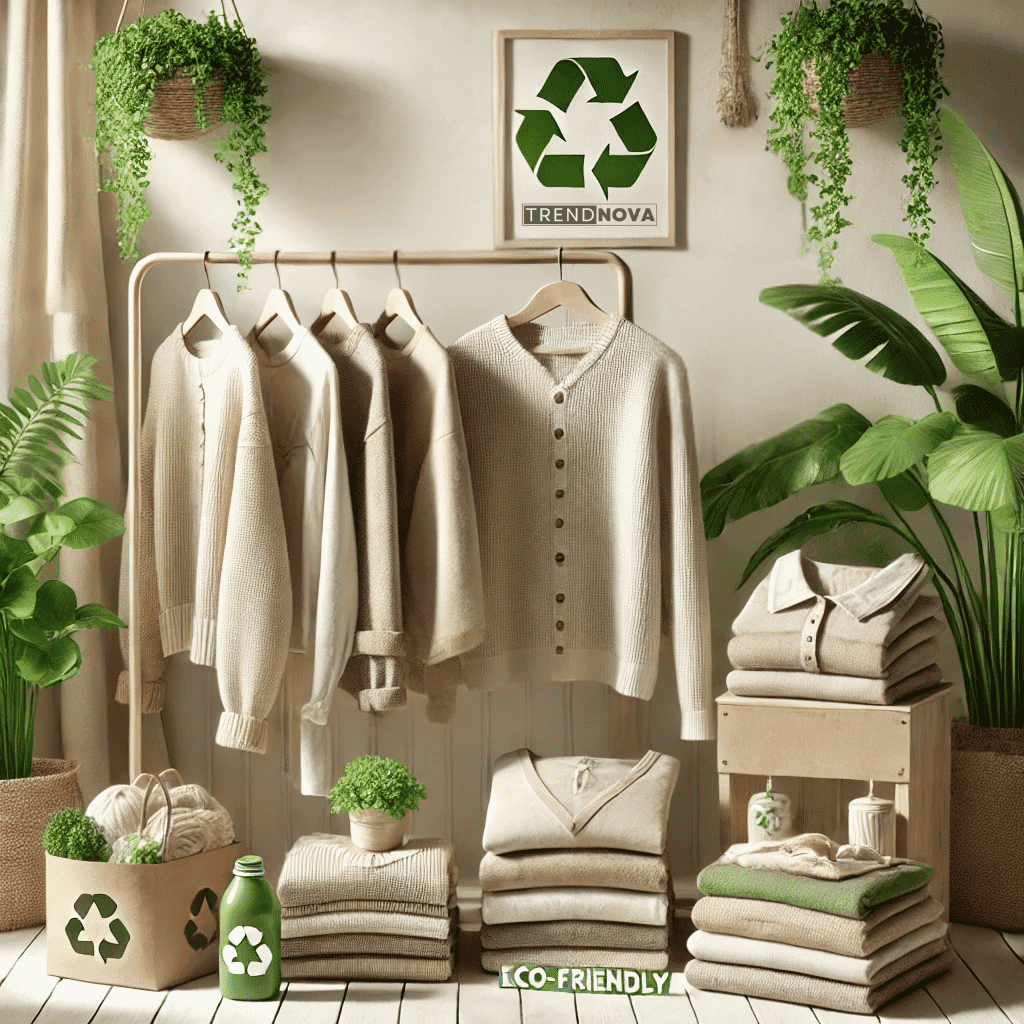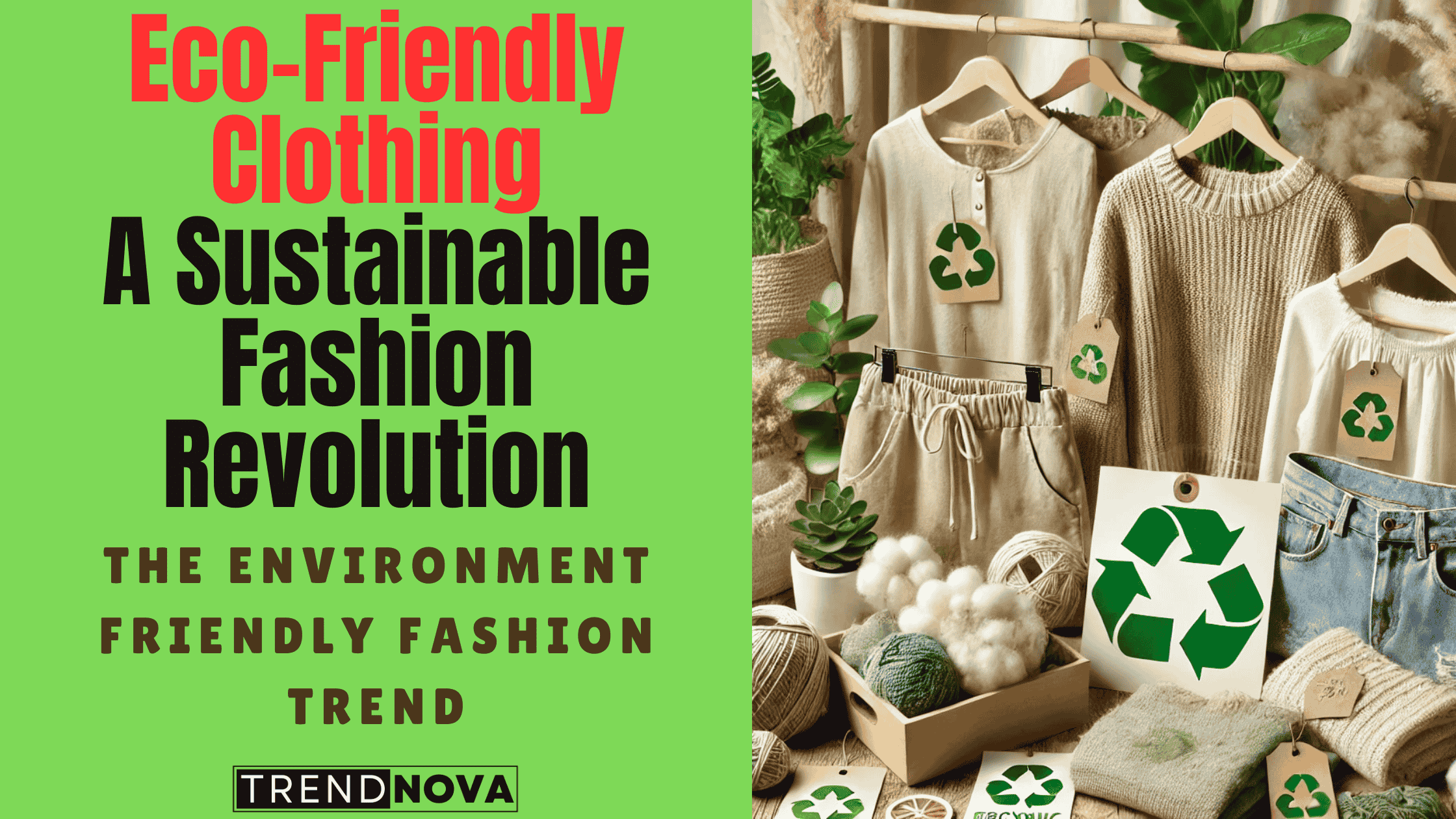Did you know that the fashion industry is one of the biggest polluters in the world? From excessive water usage to carbon emissions and toxic chemicals, the clothes we wear are leaving massive environmental footprint. The fact that the industry is accountable for around 10% of Global Carbon Emissions, which is more than international flights and maritime shipping emissions combined, and if the trend continues, it is estimated to reach around 50% by 2050. Here are some more shocking facts that needs public attention:
- Cotton farming alone accounts for 24% of global insecticide use and 11% of pesticide use, which has severe environmental and health implications .
- Many synthetic dyes used in the fustry are toxic and can pollute water sources, impacting both aquatic life and human health.
- The fashion industry is responsible for about 20% of global wastewater due to dyeing and fabric treatment processes.
- It takes approximately 2,700 liters of water to produce a single cotton t-shirt. That’s the amount a person drinks in 2.5 years .
- The fashion industry produces 92 million tons of textile waste annually. This waste often ends up in landfills or is incinerated. Less than 1% of the waste is recycled.
The truth is, the fashion industry is one of the most resource-intensive industries in the world. Fast fashion, in particular, has made clothing more affordable and accessible, but at a significant environmental cost. As awareness grows, consumers are shifting towards more eco-friendly clothing options that prioritize sustainability without compromising style. This new wave of sustainable fashion is not just a trend; it’s a necessary movement towards reducing the harmful impact of fast fashion industry on our planet. If you’re looking to refresh your wardrobe with a conscience, now is the time to explore the world of eco-friendly, sustainable clothing that’s making waves in the industry.
What is Eco-Friendly Clothing?
Eco-friendly clothing, also known as sustainable fashion, is more than just a trend; it’s a movement towards a better, more conscious way of dressing. This section breaks down what eco-friendly clothing truly means, how it’s made, and why it’s essential for reducing the fashion industry’s environmental footprint.

Understanding Eco-Friendly Clothing
Eco-friendly clothing refers to garments made using processes and materials that have minimal impact on the environment. This means using natural, organic, or recycled fibers, reducing water and energy consumption, and avoiding harmful chemicals during production. The goal is to create clothing that is not only stylish but also sustainable, focusing on durability and ethical practices.
- Natural fibers like organic cotton, hemp, and linen are grown without synthetic pesticides or fertilizers, reducing the impact on soil and water resources.
- Recycled materials like polyester made from recycled plastic bottles help reduce waste and give a new life to non-biodegradable materials.
Benefits of Choosing Eco-Friendly Clothing
Choosing eco-friendly clothing offers numerous benefits, not just for the planet but for consumers as well. Here are some key advantages:
- Reduced Carbon Footprint: Sustainable fashion brands use processes that emit fewer greenhouse gases. For example, organic cotton production uses 62% less energy than conventional cotton.
- Less Water Usage: Eco-friendly fabrics like hemp and Tencel require far less water to produce compared to conventional cotton. Hemp, in particular, uses about 50% less water than cotton and grows faster without depleting the soil.
- Avoiding Harmful Chemicals: Many traditional clothing items are treated with toxic dyes, bleaches, and finishes that can be harmful to both the environment and human health. Eco-friendly clothing uses non-toxic dyes and avoids dangerous chemicals, making it a safer choice for your skin and the environment.
Popular Eco-Friendly Fabrics
There are several innovative and sustainable fabrics in the market today that make eco-friendly clothing an appealing alternative to fast fashion. Here are a few popular ones:
- Organic Cotton: Unlike conventional cotton, organic cotton is grown without synthetic pesticides or fertilizers. It’s biodegradable, hypoallergenic, and uses less water and energy during production.
- Bamboo Fabric: Bamboo is a rapidly renewable resource that grows quickly without the need for pesticides. It’s soft, breathable, and has natural antibacterial properties, making it a great choice for clothing.
- Hemp: Hemp is one of the most eco-friendly fabrics. It requires minimal water, grows rapidly, and doesn’t deplete the soil. Plus, it’s durable and gets softer with each wash.
- Tencel (Lyocell): Made from sustainably sourced wood pulp, Tencel is biodegradable and produced in a closed-loop process that recycles water and solvents, making it one of the most eco-friendly textile options available.
- Vegan Leather and Alternatives: Vegan leather is another growing trend in the sustainable fashion industry, offering a cruelty-free and eco-friendly alternative to traditional leather. While synthetic leather options have been around for years, newer innovations have created more sustainable, biodegradable alternatives.
- Mushroom Leather (Mycelium): Made from the root structure of mushrooms, mycelium leather is a biodegradable and highly sustainable alternative to animal leather. It’s gaining popularity in high-fashion collections for its durability and eco-friendliness.
- Apple Leather: Made from the waste of apple juice production, apple leather is a plant-based, vegan leather alternative that is lightweight, durable, and biodegradable.
- Cork Leather: Cork leather is made from the bark of cork oak trees, which regenerate after being harvested, making it a renewable resource. It’s water-resistant, lightweight, and durable, offering an eco-friendly alternative to animal leather.
Building a Sustainable Wardrobe: Practical Tips for Eco-Friendly Fashion
Building a sustainable wardrobe doesn’t mean you have to completely overhaul your closet in one go. It’s about making conscious decisions to invest in quality pieces that are eco-friendly, timeless, and durable. In this section, we’ll guide you through actionable steps to curate a sustainable wardrobe that reflects your values while minimizing your environmental footprint.
The first step to creating a sustainable wardrobe is to assess what you already own. Many of us have clothes that we don’t wear anymore, or items that are poorly made and no longer serve us. Take the time to go through your current clothing collection and ask yourself:
- Which pieces do I wear regularly?
- What items are made of non-sustainable fabrics or are in poor condition?
- What can I donate, upcycle, or repurpose?
Prioritize Quality Over Quantity
When building a sustainable wardrobe, it’s important to focus on quality over quantity. Fast fashion may tempt you with cheap, trendy pieces, but these garments often wear out quickly and end up in landfills. Instead, choose high-quality, well-made items that will stand the test of time.
Look for clothing made from durable fabrics like organic cotton, wool, or hemp, which last longer and require less maintenance. Pay attention to details such as stitching, zippers, and overall construction. Items that are well-made not only last longer but also look better as they age.
Buy from Sustainable Brands
One of the most effective ways to build an eco-friendly wardrobe is by supporting brands that prioritize sustainability. These companies not only use eco-friendly materials but also focus on ethical labor practices and transparent production processes.
Opt for Secondhand and Vintage Clothing
Another great way to build a sustainable wardrobe is by shopping secondhand. Vintage shops, thrift stores, and online resale platforms like Poshmark or Depop are excellent sources for finding unique, high-quality clothing without contributing to the fast-fashion cycle.
Buying secondhand not only reduces waste but also helps extend the lifecycle of clothing that might otherwise end up in a landfill. It’s a win-win for both your wallet and the environment!
Care for Your Clothes to Make Them Last
Taking proper care of your clothes is essential for making them last longer and reducing your environmental impact. Here are some simple tips for extending the life of your wardrobe:
- Wash in cold water: Washing clothes in cold water helps preserve fabric and saves energy.
- Air dry: Instead of using a dryer, hang your clothes to dry, which reduces energy consumption.
- Repair items: If a button falls off or a seam comes undone, try to repair it rather than discarding the item.
- Store clothing properly: Store garments in a cool, dry place to prevent damage from mold or mildew.
By giving your clothes the proper care and attention, you can significantly extend their lifespan, contributing to a more sustainable fashion cycle.
Building a sustainable wardrobe is an ongoing journey. It’s about making thoughtful choices that support the planet while maintaining your personal style. By starting with a wardrobe audit, prioritizing quality, and supporting sustainable brands, you can slowly transform your closet into one that reflects your eco-conscious values. Remember, every small change you make contributes to a larger movement towards more responsible fashion choices.
Conclusion
The future of eco-friendly fashion is filled with promise and innovation. With advancements in biodegradable fabrics, circular fashion models, and sustainable technologies, the fashion industry is slowly but surely shifting towards a more sustainable and responsible future. As consumers, we can play a vital role in this transformation by choosing brands and products that prioritize sustainability, supporting ethical practices, and adopting conscious consumption habits. By making these choices, we contribute to a fashion industry that values the planet and the people who produce our clothing.

